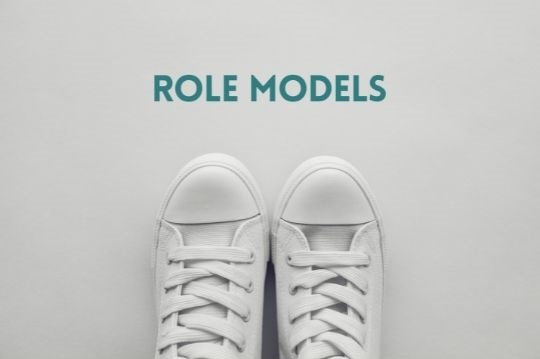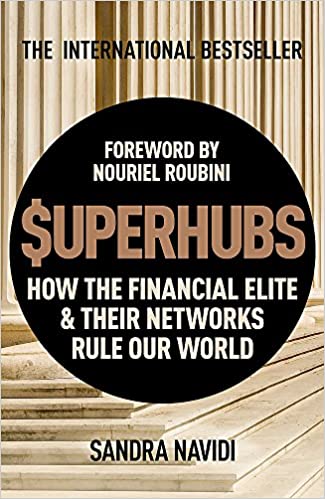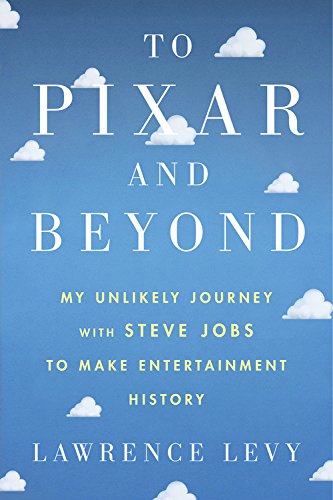
Get Aha! moments from your reader every time!
The Road to Hell is Paved with Good Intentions
In 1775, Samuel Johnson commented on "the unhappy failure of pious resolves" with the response "The Road to Hell is Paved with Good Intentions". Meaning, having mere good intentions will not take us to heaven. Put in another way, unless you translate your intentions into actions and reality, having good intentions will not take you anywhere.
We all want to write great content. But most are yet flummoxed by how to write great content. We read a guide here and there and keep wondering why we are not creating great content.

Losing a friend can be hard!
When I started out, I was not great at writing great content either. Hell, I was not even good at English. So much so that, when I was in college, a couple of friends stopped being friends with me because of the broken nature of my English. I felt humiliated and had lost the only 2 close friends that I had made that year. I was determined not to let this be a setback. I took it as a challenge and vowed that I would change all of this within a year. So, here is how I got good at writing great content. I am sharing this as a formula so you can become good at writing great content.
1. Read, Lead, Succeed.
Read like your life depends on it
The internet has brought lots of content to us. From Google to Wikipedia to blogs, we have many ways to inform ourselves about topics. While this is great to sound good on Jeopardy or office meetings or the next party, it is not enough to develop depth or deeper perspective. Most topics can have anywhere between 15-20 perspectives. The one you see immediately may be the popular one but that may not be the only one or the meaningful one.
Reading helps you develop two key aspects essential to write great content - Depth and Width a.k.a. perspectives. The deeper and wider your knowledge, the greater the ability to catch your reader's attention. For instance, if you're writing about Role Models in the modern world - you could google and write about role models. However, if you are a reader, you can invoke the many biographies written. You could look at studies that talk about popular role models. You could research role models listed by people on popular platforms such as Bumble Biz to tickle your reader's imagination.

Read books about the subject. Read books that contradict your point of view. Read opinions about the subject. Read comments in blog sections about the topic and read a few well-researched blogs on the subject.
2. Network = Net Worth
Network with people from various walks of life

Super Hubs by Sandra Navidi
Sandra Navidi, author of the book Super Hubs likens people like George Soros to Super Hubs. These are people who are both mavens (experts with deep understanding) and connectors (people who are connected to lots of other people).
While Sandra Navidi's book is focused on the financial elite and how they came to be, this book tells us the time-tested role that networking places in enriching one's perspective about things in life. How many people do you have in your network that are from varied fields? If you are writing about technology, do you have people that can give you a perspective on the artistic side of tech or the commercial side of tech? If not, can you find someone who can help you find that maven to enrich your perspective?
Another role that your network plays is in amplifying your work to the world. Good content becomes great, many times when it is discovered by others.
3. Research: Create New Knowledge
Research like you are writing a thesis.
The average Ph.D. thesis is about 2000 pages long. However, much of it is fluff. Yet, to get to the 2000 pages, they have gone about developing their initial hypothesis, interviewing subjects that can provide more perspective, validating claims, and counterclaims with data and their own experiments.
I mean research with papers, talks, interviews, and source material that you may not normally encounter in your normal domain.

In the book, To Pixar and Beyond, Lawrence Levy, the President, and the CFO, is faced with the challenge of understanding how financial models for movies work. If another studio is distributing their movie, how does the financial model work and how much money does Pixar end up making?
Financial models are tightly guarded secrets and Lawrence had no way to get his hands on one. He calls an attorney who practices in that field, reads up financial statements of media companies, visits the local library for books on that topic, and interviews the author of the book who wrote about Financial Models in the Media World. In the end, he can get his hands on a working model that comes close to satisfying his needs. This, in short, is research.

Libraries are great treasure troves of deep content
4. Listen- Learn- Grow
Listen to great talks, interviews, and podcasts
Thanks to modern technology, we have abundant sources of content at our disposal to access talks and content by mavens. From TED Talks to Podcasts to YouTube to Documentaries on Netflix, Discovery, etc., we have an abundance of content that we can listen to.
For instance, if you are writing on a topic such as nuclear power and want to understand all aspects of all things nuclear, there are 389 Talks that you can listen to or watch on TED alone.
Another great option is Podcasts. If you are writing about BioTechnology and want some interesting perspectives about why large corporations missed out on blockbuster drugs, you can listen to Polymath Dr.Martine Rothblatt.

Polymath Dr.Martine Rothblatt
In her chat with Tim Ferris, Martine talks about how she found a single molecule from perusing hundreds of journals and publications and following every footnote and reference that was in the published papers. Finding that molecule meant curing a rare pulmonary hypertension disease suffered by her daughter who was one of only 2000 such patients in the US. That is the power of listening.
5. Understanding the Reader is KING (Not your content)
What's the conversation in the mind of the reader?
Picture the reader in your head and build a set of questions that the reader is likely to have. Picture the conversation that may be going on in their head. If you feel compelled, draw a mind map of the key points the reader is likely to be thinking about.

What are the emotional things that may be on the reader's mind? What are the questions that the reader is likely to have on this topic? What are other sources that the reader may have already reviewed to educate themselves? What will stick in the reader's head? If your message has a hook and it hooks onto the reader's emotional questions, the likelihood of your content sticking is very high. Developing a sense of empathy for the reader goes a long way in writing content that may be very relevant to the reader.
6. Embrace Tools
Tools make magic happen
Tools are magical things that help us leapfrog our productivity and help us achieve more with less. Use tools such as note-taking software (OneNote, EverNote), Spell Check and Grammar Software (Grammarly, Hemingway App), etc., to make your life easier. These tools help you draw from all your sources and also structure your message such that you take care of the substance and they take care of the form.

Fountain Pens - the earliest magical tool that helped man express
Use a tool such as a message planner to structure the outline of your message before you write out the content. Use tools such as copywriting and copy check tools to find out other anchors to give your content that extra oomph. And give it a once over to see you have hit the mark or close to hitting it. Put it out to your community to get their comments.
"The best investment is in the tools of one's own trade." ~ Benjamin Franklin
7. Master the art of Chiseling
Remove the unwanted parts
As the saying goes, the greatest artists are those that know what to take away so that only the essential stuff remains.

Most writers have a tendency to write little and expand it to fill a certain length of time to give it a sense of depth. This tends to the creation of puff pieces that end up creating a lot of fluff which is likely to cause disappointment in the reader's mind.
When you follow steps 1-5, you will end up with content that is like a body of knowledge that you can chisel down to extract the most compelling pieces to ensure the reader gets the very best of what you intended them to get. You will have perspectives, sources, talks, and interviews to draw from and quotes to insert to make your message interesting. And once you have this, start talking away the pieces that don't make sense or are not essential to the core message. Go back to the message planner and the reader persona to see what pieces fit and what don't. When you chisel enough, you will have a great piece. And last but not the least, experiment with various headlines to identify what is likely to hook the reader
7.5 - Rinse and Repeat
This step is listed as a half step because I wanted to make a point. Remember, the idea is to become a great writer and for that, you need to become a Super Hub. That is possible only if you put steps 1-7 into repetitive practice. When you do that, magic happens in the brain. We will leave it at that!

Practice makes you awesome
What are you going to write?
Now that you know what it takes to write great content, what are you going to write? It just feels like a lot of work but it actually isn't. It is just the start that's tough. Here's to some great writing!






